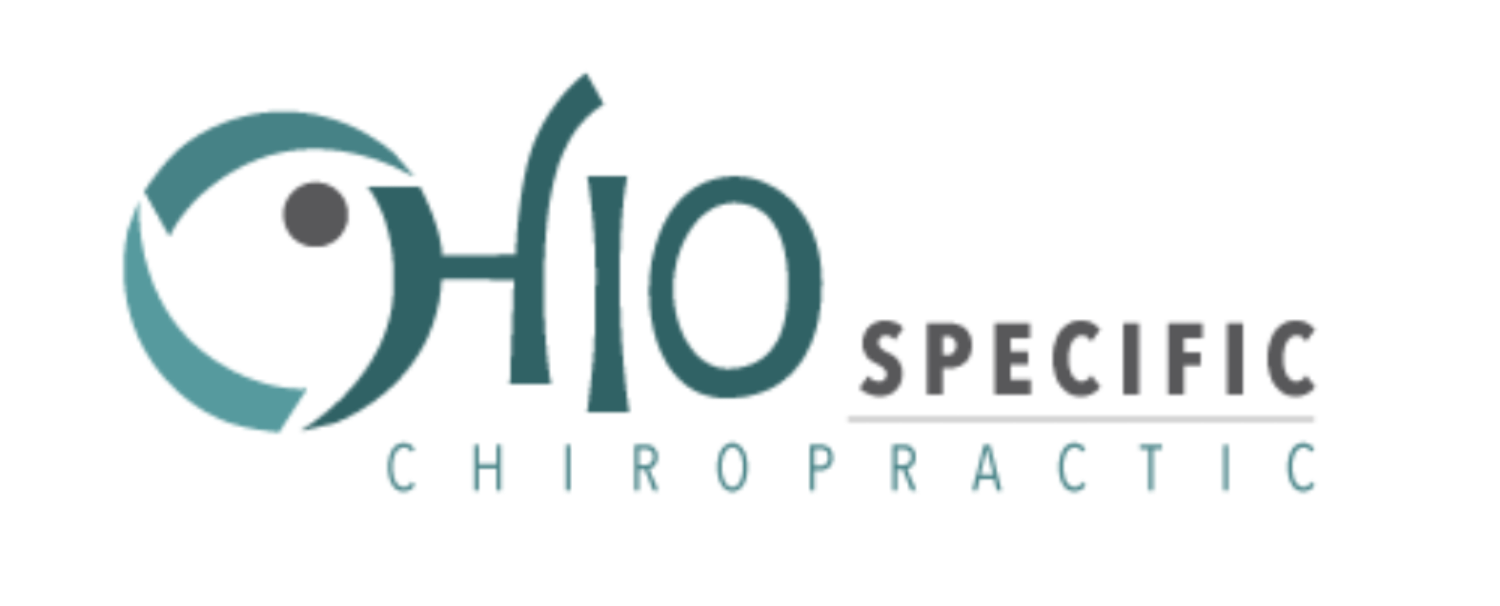Temporomandibular Joint (TMJ) Dysfunction and the Upper Cervical Spine
In the upper cervical spine, there are four main structures to focus on. They are:
The Foramen Magnum of the Occipital bone
The Atlas vertebra (1st cervical bone)
The Axis vertebra (2nd cervical bone)
The Brainstem of the Nerve System.
The Brainstem exits from the Foramen Magnum. The Atlas and Axis bones protect and surround the Brainstem. The brainstem connects all the nerves from the brain to the nerves of the body.
Regarding Temporomandibular Joint (TMJ) Dysfunction the secondary focus is on:
The Trigeminal nerve (Mandibular and Maxillary branches). It supplies function to the muscles of mastication (chewing muscles), cheek, tongue, lower jaw (chin), throat, part of the ear, upper jaw, and the roof of the mouth.
The Nerve System in general has four main functions:
It controls all the movements we make
Senses everything we feel
Regulates all our body organs
Relates us to the outside world
When nerves get stressed, it effects their sensitivity, perception and behavior to perform these functions. There are three types of stresses we deal with in life. The stresses are physical, chemical and emotional in nature. These stresses create nerve tension and spine imbalance.
One specific job of the brainstem is to adapt to these stresses and help bring the spine back into balance. If the stresses are too great for the brainstem to adapt, compensations arise. One compensation that occurs in the upper cervical spine is a vertebral subluxation.
A vertebral subluxation will cause the Atlas and Axis bones to lock in a misaligned position. This lock will perpetuate spine imbalance and Nerve System tension. This tension will lead to abnormal sensitivity, perception and behavior of the brainstem and connecting nerves. Nerve System function is disrupted. Over time, this disruption can contribute to symptoms of the involved nerves. The usual symptoms of TMJ Dysfunction are:
Pain or tenderness of your jaw
Pain in one or both of the temporomandibular joints
Aching pain in and around your ear
Difficulty chewing or pain while chewing
Aching facial pain
Locking of the joint, making it difficult to open or close your mouth
The goal of Chiropractic is not to medically treat TMJ Dysfunction. The aim of Chiropractic is to correct nerve tension and spine imbalance. Chiropractors correct this by adjusting the vertebral subluxation of the upper cervical spine.
Correcting the subluxation better optimizes the function of the brainstem and associated nerves. The Nerve System overall can sense, perceive and behave at a greater potential when a subluxation is corrected.
- Jarek Esarco, DC, CACCP
Related Blogs:
Meniere’s Disease and the Upper Cervical Spine
Trigeminal Neuralgia and the Upper Cervical Spine
Ear Infections and the Upper Cervical Spine






